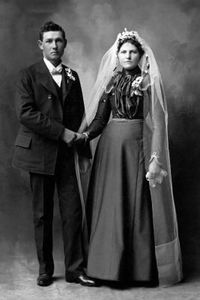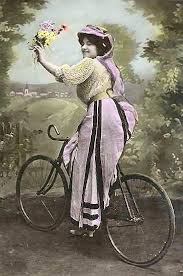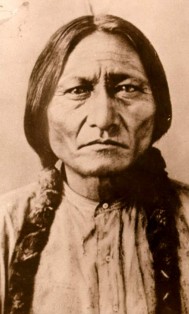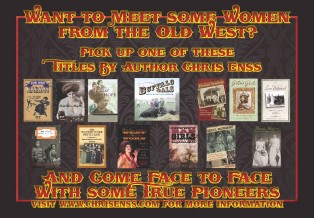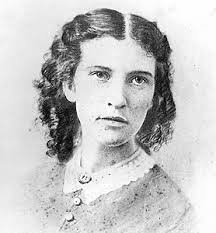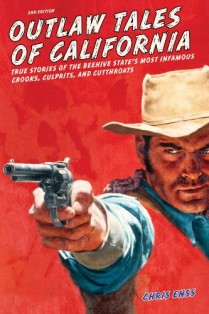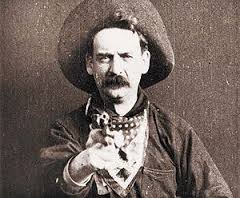An excerpt from a newspaper in Northern California describes a controversial event that took place at a gentlemen’s club meeting in Nevada County. A group of prominent men, convinced that being single was better than being married, met on a regular basis to discuss the benefits of remaining unattached. The organization’s commitment to that belief was challenged when one member dared to follow through with plans to marry his mail-order bride. “One of the many devious ways in which the course of true love can be made to run was illustrated in Grass Valley recently – showing how by a chance buggy ride, a man saved $2000 and gained a wife. A certain young bachelor of Grass Valley paid his “distresses” to one of the beautiful young ladies so numerous in this grassy vale, and matters were rapidly progressing towards a matrimonial entanglement, when for some reason best known to himself the wooing swain “flew the track.” The deserted mail-order maiden was a girl of spirit, and she immediately commenced suit for breach of promise to marry. The trial commenced January 11, 1881, and the contest waxed hot for three days, resulting in a verdict for the fair plaintiff, with $2000 damages. Consternation was carried into the camp of the bachelors by their threatening results. A meeting of the Bachelor’s Club of Grass Valley was instantly called to discuss the situation and deliberate upon precautionary measures, to protect others of the fraternity from the fate that had overtaken their brother. Among other things, it was proposed that all members who were in dangerous habit of calling upon marriageable ladies should supply themselves with a receipt book, and have a release signed at the termination of each visit, stating that no matrimonial engagement had been entered into, and that all was square to date. In an earnest speech and with a voice trembling with emotion, the president besought the members to specially avoid osculation, as in law a kiss was regarded as seal to an implied contract making it binding upon the parties. The club adjourned without taking final action, and the members departed to their homes with a deep-rooted apprehension lurking in their bosoms, and resolved to spend their money on billiards and fast horses and let the girls severally alone. And now comes the romantic termination. About three months later a heavily loaded stage was on its way from Nevada City to Grass Valley, when it was met by a gentleman in a buggy, who offered to relieve the stage of one of the passengers, provided the person was willing to return to Nevada City while he was transacting a little business. The innocent driver gazed down into the stage and asked a lady if she desired to accept the gentlemen’s offer. She did desire and did accept, and alighted from the stage which immediately drove away. Then it was that the old-time lovers and recent litigants found that they were destined to take a ride. What was said during that ride we know not, but when they arrived in Nevada City, they went before Judge Reardon, the same who had presided at the trial, and were quickly made one. Indignant at this defection of a member whom they had considered their staunchest adherent, the Bachelor’s Club called another meeting and expelled him with imposing ceremonies.”
The Daily Transcript – May 10, 1881

